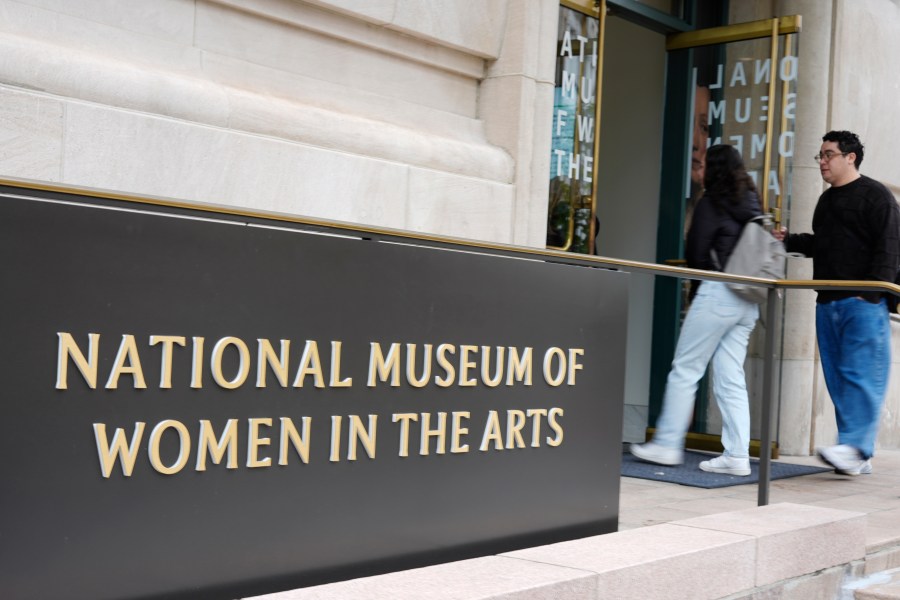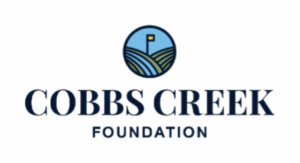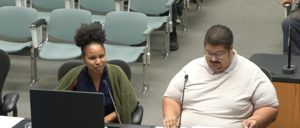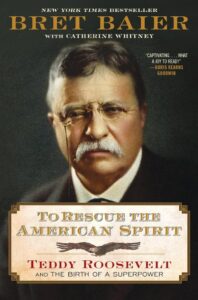
A significant jewelry heist at the Louvre Museum in Paris has prompted officials from museums worldwide to reevaluate their security measures. Following the theft, which occurred in early March 2024, security experts and museum administrators across the globe began discussions on enhancing security protocols to prevent similar incidents. Doug Beaver, a security specialist at the National Museum of Women in the Arts, reported that conversations took place among local institutions, including the Smithsonian and the National Gallery of Art.
Beaver stated, “We went over a review of the incident,” and emphasized the urgency of creating a comprehensive plan within days of the heist. This incident has raised concerns among museum officials about balancing security with accessibility, as museums aim to engage the public without creating an environment that feels overly fortified. “The biggest thing in museums is the visitor experience,” Beaver added, stressing the importance of welcoming visitors rather than alienating them.
The Louvre’s director, Laurence des Cars, acknowledged the shortcomings of current security measures, describing them as “a terrible failure.” French police have also pointed out significant security gaps, with Paris Police Chief Patrice Faure informing Senate lawmakers that outdated systems have left the museum vulnerable.
Challenges of Securing Historic Buildings
Many museums, particularly in Europe, are housed in historic structures not originally designed for modern security. As noted by François Chatillon, chief architect of historical monuments in France, the Louvre was a royal palace, not a fortified structure. He emphasized that while it is crucial to enhance security, it must not be done hastily or at the expense of the museum’s historical integrity. “We’re not going to put armored doors and windows everywhere because there was this burglary,” Chatillon remarked.
Museum administrators are also grappling with competing priorities within security measures. Nicholas O’Donnell, an attorney specializing in global art law, highlighted that recent security focuses have shifted toward preventing vandalism and attacks on artworks. He noted that the Louvre’s initial response to the heist was to prioritize visitor safety, which is essential in uncertain situations. “You want people interacting with the art,” O’Donnell stated, pointing out that current security arrangements around famous pieces, like the Mona Lisa, may detract from the visitor experience.
In light of the Louvre heist, the Prussian Cultural Heritage Foundation, which oversees Berlin’s state museums, announced plans to reassess their security protocols. They see this incident as a catalyst for international collaboration and investment in security technologies and personnel.
Striking a Balance Between Security and Accessibility
Beaver anticipates that the Louvre incident will prompt changes in security practices across museums. One area of concern is the management of access for construction teams, as the Louvre thieves disguised themselves as workers. “Our goal isn’t to eliminate risk; it’s to really manage it intelligently,” Beaver explained.
The balance between security and visitor access remains a pressing issue. Robert Carotenuto, a security expert formerly with the Metropolitan Museum of Art, emphasized the need for a comprehensive approach to security. He warned that focusing too narrowly on specific threats, such as protester activities, can leave vulnerabilities elsewhere, such as the perimeter.
Patrick Bringley, who worked as a security guard at the Met, expressed concern that incidents like the Louvre heist could diminish the welcoming atmosphere of museums. “Art should be inviting,” he stated, noting the irony that while museums strive to display beauty and history, security breaches can lead to increased restrictions that detract from the experience.
As the art world navigates these challenges, the overarching sentiment remains that while security is paramount, it should not come at the cost of the magic and accessibility that museums provide.






